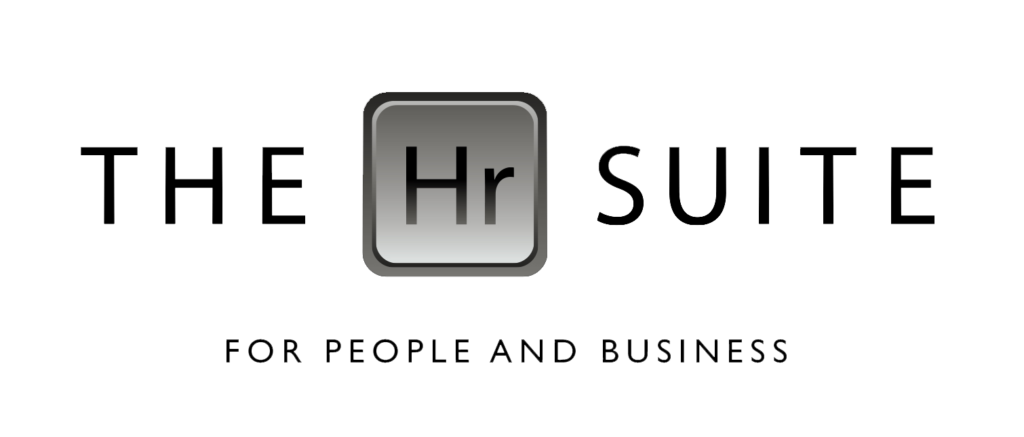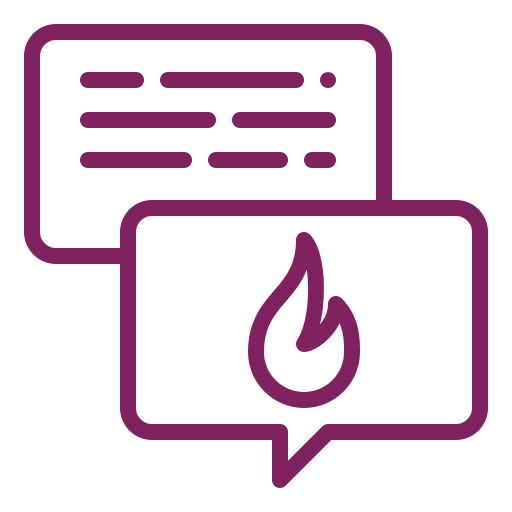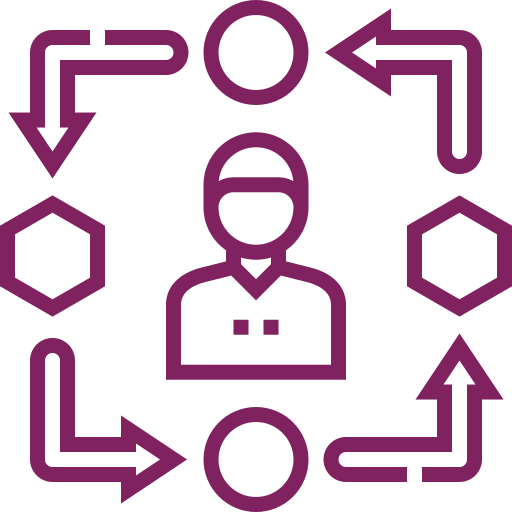Statutory Sick Pay – commencement date confirmed: 1st January 2023. Please contact your Account Manager in order to update your contacts & handbooks.
STAGE 1
ATTRACTION
Attraction is concerned with how a company plans to attract new employees. Attraction occurs as soon as the employee becomes familiar with the employer’s brand & is the only stage that occurs before you even become an employee with the company.
This is why it is essential for a company to carry out research and set goals for how they plan to differ and stand out from other companies in order to track possible employees.
This can be done by offering desirable benefits and compensation for example. The company’s culture & reputation also plays a big role.
This stage is heavily involved with the marketing team within the company. It’s important to track attraction through tools like social media, website & articles interactions & the number of potential candidates a job posting may get.

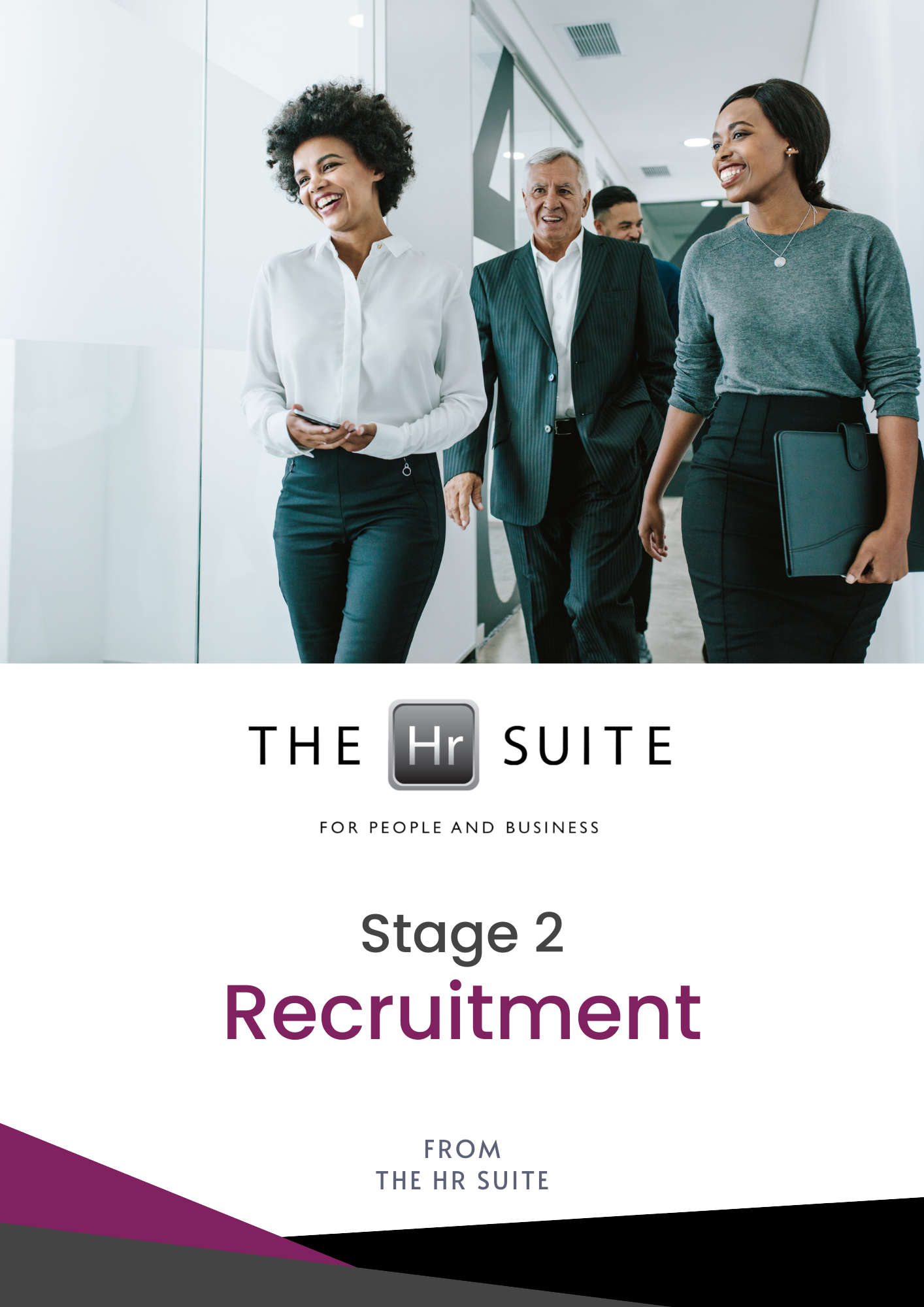
STAGE 2
RECRUITMENT
The second stage of the employee life cycle is the employee recruitment stage. This is the period where you pursue and select the greatest possible talent to join your business.
It comprises all the steps involved in obtaining a new employee. It begins with the initial conversation between stakeholders when it was decided that it was necessary to recruit a new employee. This led to the original job ad. Your website is also vital. It should exhibit what your organisation does, its purpose and employer brand.
Recruitment can transpire due to an existing role becoming vacant, or a completely new position being established. How well you treat potential employees during this journey, even the ones who don’t get the job, will alter their perception of your company forever. Reputation is everything in the professional landscape. Word travels fast. If you mistreat a candidate during a recruitment stage and they inform others of this fact, then your reputation can be damaged quite rapidly through word of mouth.
STAGE 3
ONBOARDING
Onboarding is concerned with assisting new employees in becoming settled in their new work environment. The onboarding stage begins on the employees first day in their job where the employee should be informed of what is expected of them, what training they can expect to receive & any relevant paperwork that should be done before commencing work.
Onboarding is needed to ensure the employee is familiar with the processes, systems and responsibilities required in order to function as efficiently as possible in their new role. Regular check-ups are vital during the onboarding stage to ensure new starts have a positive experience and their integration into a new team is as smooth as possible.
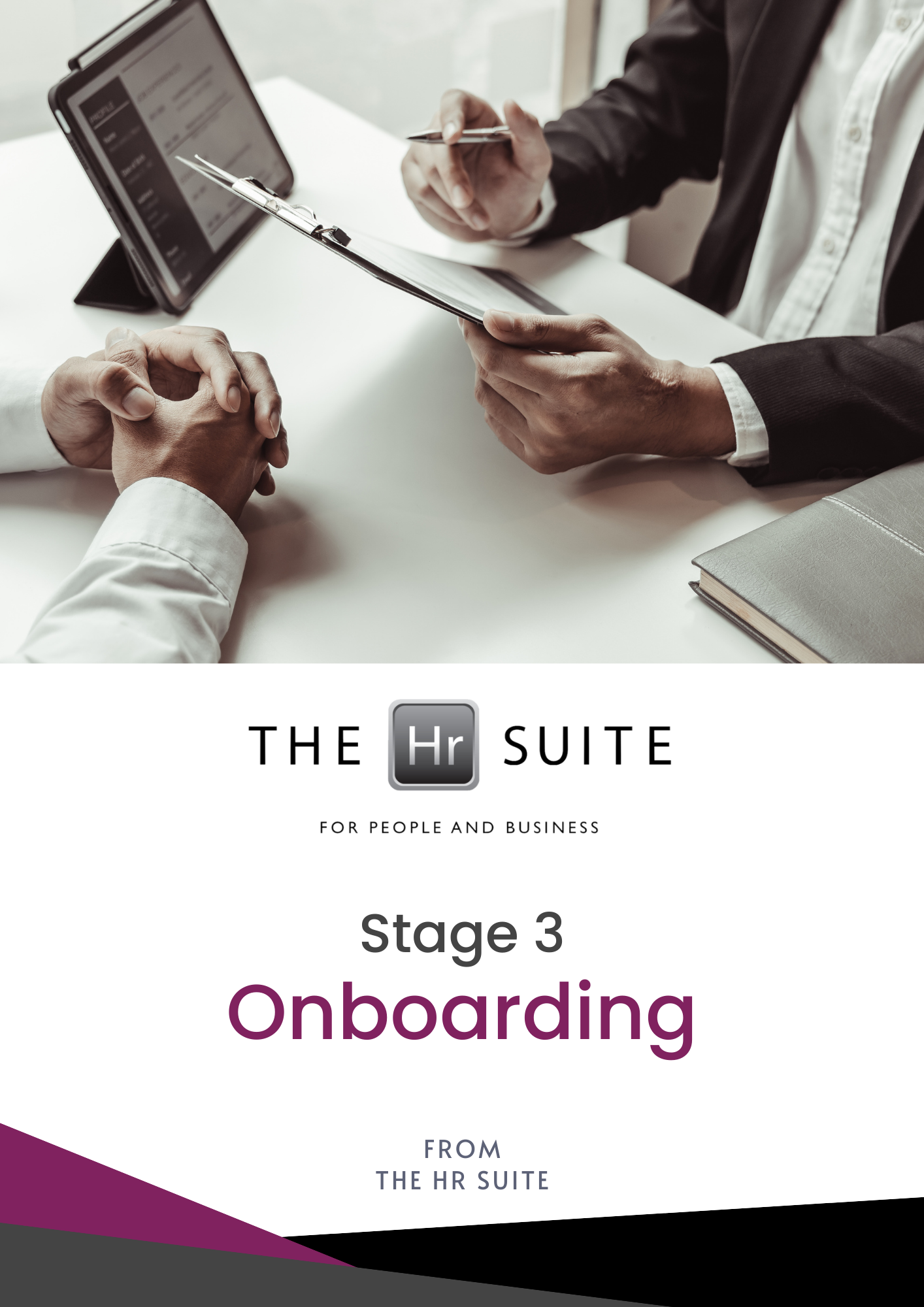
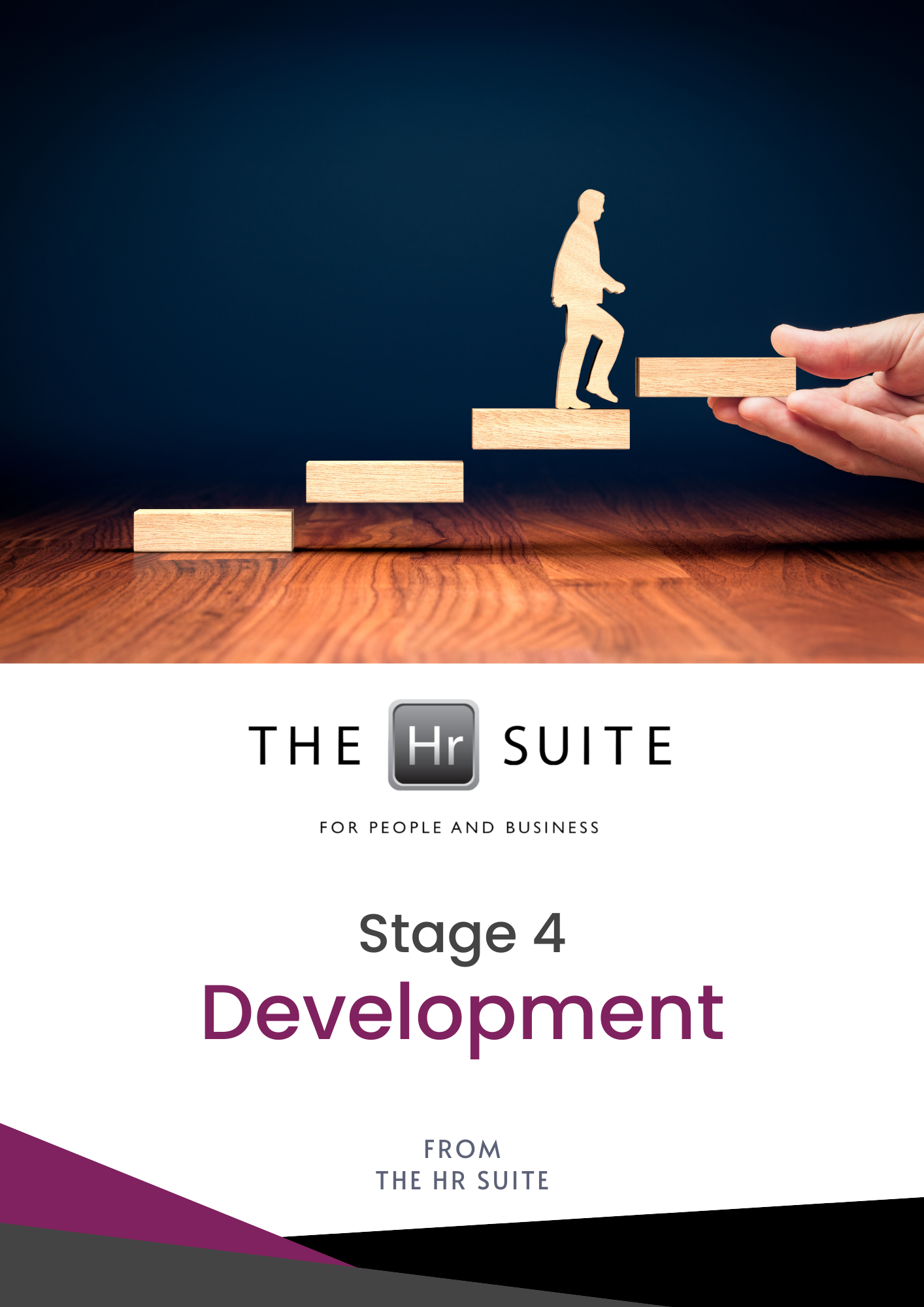
STAGE 4
DEVELOPMENT
Many people seeking work namecheck Training & Development as one of things they look for most in their next job. A firm should outline a clear and transparent strategy for staff on how they can advance and progress in their job. While part of an employee’s development is their own self-motivation, an organisation must also provide prospects for development.
Some instances of development prospects include offering professional development classes to the employee, supporting and compensating employees who wish to further their education, or constructing a prospective career path for an employee when they begin working for the company. Not every job will have an established development path. It will depend on the job, industry and employee’s experience.
That said, the employer should always attempt to yield a pathway for career opportunities to their staff, when possible. Inspiring development through projects and assignments will also assist a worker advance in their career and allow them to develop while affording them a sense of fulfilment.
STAGE 5
RETENTION
Employee Retention can be described as a company’s capability to retain its staff. It showcases how successful and prosperous your business is, while also displaying it as an attractive place to work. It is time-consuming and expensive to hire and train new workers, so high turnover can have quite a negative impact on your business.
The objective of Employee retention is to make both employees and employers happier. A firm should reward loyal employees for staying with the organisation for a considerable amount of time, which will serve to benefit the stakeholders.
It is financially very damaging to a company if they commit the resources to fully train an employee, but can only watch on as the employee leaves shortly after. A corporation’s employee retention measures should be modelled to guarantee that employees remain with the company for as long as possible.
Research shows that many employees terminate their contract with their employer due to a toxic working relationship with their superiors or fellow colleagues. As well as that, inadequate pay, lack of promotion opportunities and absence of motivation and guidance force employees to look elsewhere for work.
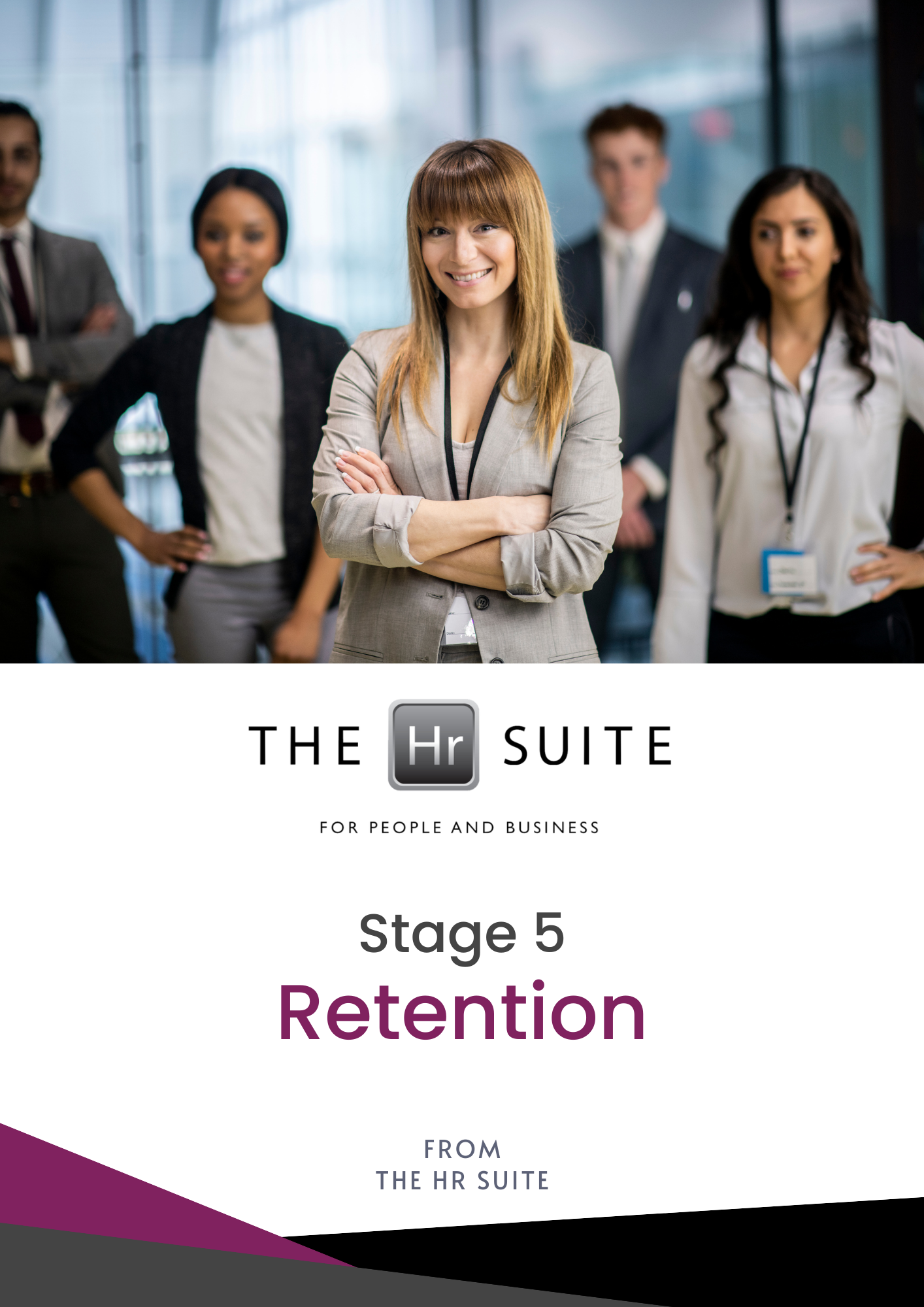
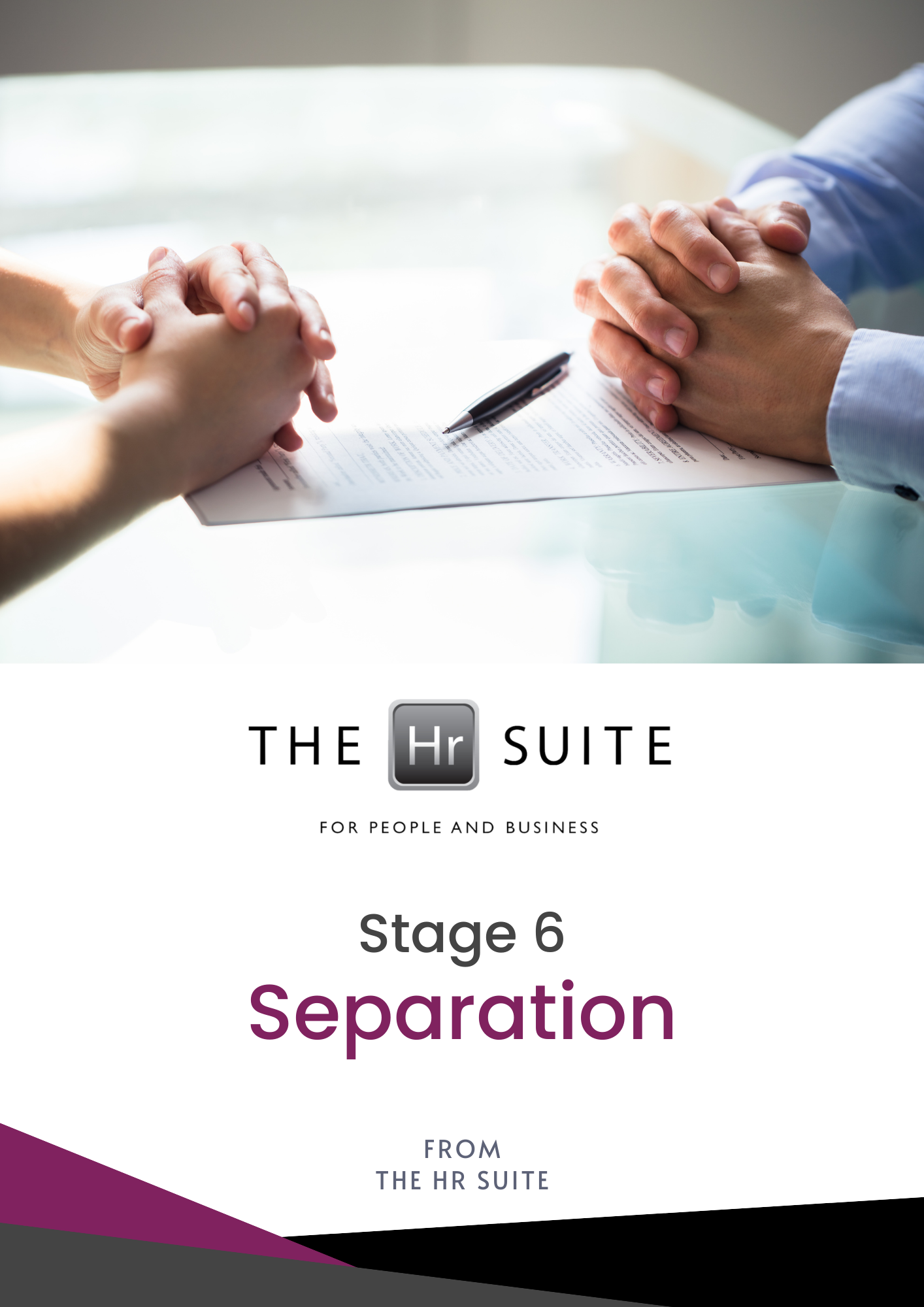
STAGE 6
SEPARATION
Eventually, employees will elect to leave a company. It is important to reflect with the employee at this phase of their lifecycle. Having an adequate separation process helps you recognise where the company can improve from the employee point of view.
It may bring up key considerations like how you manage employees or some internal procedures that need to be altered. You must attempt to identify why the employee has decided to leave, and use that information to halt other employees from doing the same by rectifying whatever issue is disclosed.
The best way to do this is undoubtedly through exit interviews. Although critically misused worldwide, you can get a head start on competitors by utilising them properly. If the information received in an exit interview is acted upon, it has the tendency to greatly reduce your staff turnover. They are also the most accurate type of feedback you will obtain, as departing employees are more likely to divulge information than current employees. This is mainly due to the fact there is no risk of reprisal towards departing employees.
Featured Regularly On

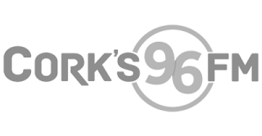



Get in Touch
We would love to hear from you. You can contact us as below:
Dublin:
The HR Suite,
13 Upper Baggot Street,
2nd Floor,
Dublin 4. DO4 W7K5
Kerry:
The HR Suite,
Pier 17 Dingle Road,
Tralee,
Co. Kerry. V92 R6DX (HQ)
Have a Question?
Contact Us Below
"*" indicates required fields
